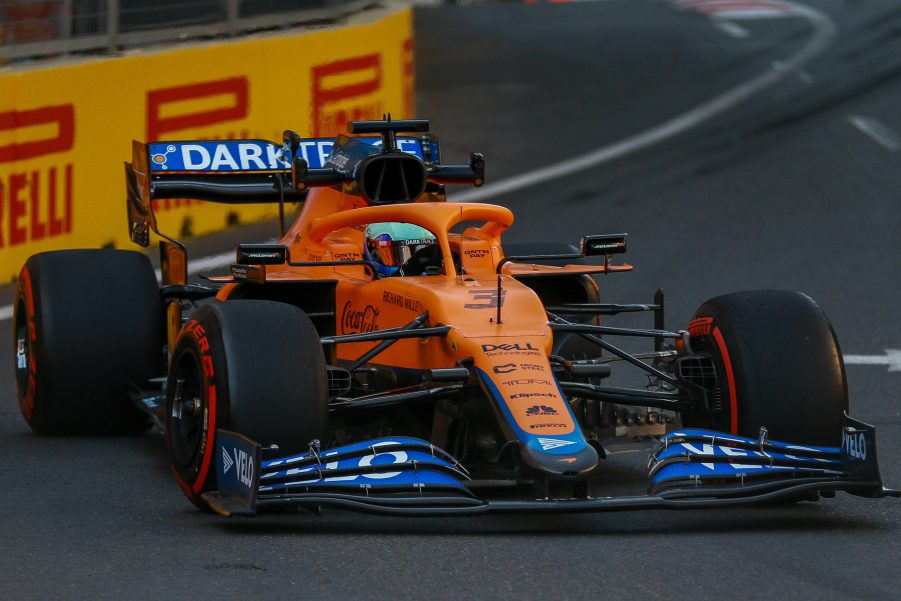
F1 101: What Do You Need to Know About Formula 1?
There’s an old saying about Formula 1. “If you want to be a millionaire in F1, start as a billionaire.” It’s true, the sport is a playground for the hyper-rich, sprinkled with the odd ever-inspiring Cinderella story. However, the pinnacle of motorsport is more than that. It is an incredibly complex and nuanced race series, and one of the most dangerous. There’s a lot to learn if you want to be an F1 fan-boy or girl. Drivers and teams, terminology, and time differences. So, it’s time to learn a little bit of that, and make enjoying Formula 1 all the more Formula-fun.
Formula 1 terminology

There’s a lot to cover here, so for the sake of brevity, we’ll focus on things you’ll hear during a race. The first and most important is “DRS”. This stands for “drag reduction system”. Like in the photo above, on the rear wing of the Formula 1 car, a flap opens that lets drivers get a little burst of speed down a straight when they are within 1 second of the car in front. Next: “Safety Car”. This term is used when an incident occurs on track and the race must be slowed. A car pulls out in front of the drivers, forcing them to keep a slower pace with it. There is also a virtual safety car where drivers must stay under a specified lap time, thus slowing them down.
Finally, it’s time to discuss flags. There’s really only two to worry about here. First, a “blue flag”. If a driver receives a blue flag, he must let the car behind through, because it is noticeably faster than he. The second occurred last weekend in Azerbaijan. A “red flag” occurs when the race, practice, or qualifying session must be stopped for any reason and tells Formula 1 drivers to return to the pit lane. Armed with this terminology, your first race weekend should be a breeze.
The Tom Brady of F1

Now it’s time to talk about some of the names you’ll hear. Again, we’ll just focus on the most common ones. First up is Lewis Hamilton, the driver for Mercedes Formula 1 team. Each team has two drivers, and their second is Valtteri Bottas. Lewis is the reigning champ, with seven titles under his belt. Moving down the line to Red Bull; whose primary driver is Max Verstappen, followed by Sergio “Checo” Perez.
Max is the current challenger to Lewis, due not only to his talent, but also the technical improvements that Red Bull have made in the last year. There are 20 other drivers and ten teams. Each team has its own unique car, within the rules of course. The best way to learn more about each of the teams and drivers are their social media accounts, but you’ll learn more as you watch.
How to watch F1

Speaking of watching, there’s really only one way to do it. Yes, some races will be shown on TV in America, but who has cable these days? The global setting of Formula 1 also means it’ll be hard to catch any race outside of North America live. As of now, the best way is to watch via the F1TV subscription. It’s $9.99 a month. Formula 1 is a fantastic sport, with drivers racing for millisecond advantages across a three-day race weekend. Go out and watch some, all you have to lose is a Sunday afternoon.


